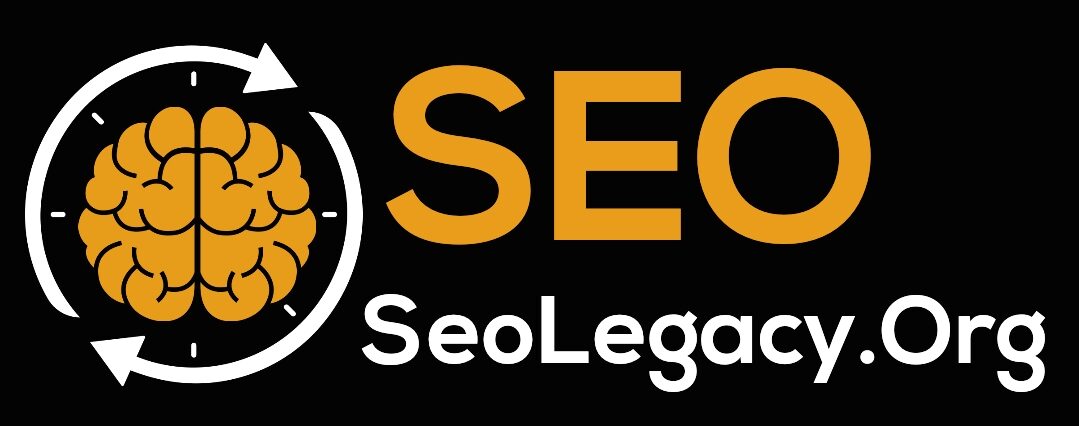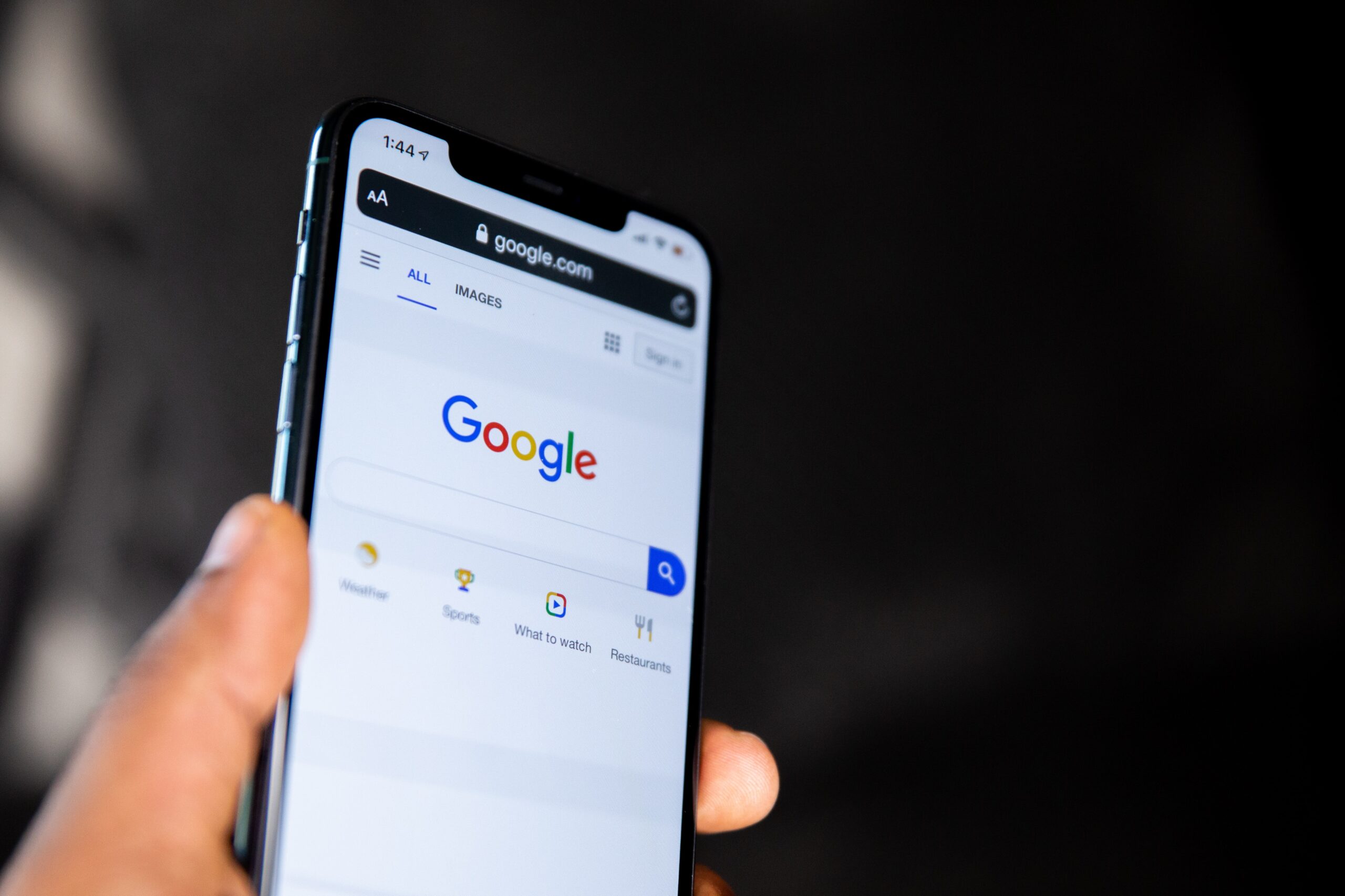Google Distributes New Link Best Practices
The basics of crawlable links were covered in this help document, but link best practices were much more in-depth.
Google has distributed another link best practices in their SEO and search engineer documentation. It started out as a document about how to make links that could be crawled, but it has since expanded to include information about:
- Anchor text situations
- The most effective method to compose great anchor text
- Inner links inside your substance
- Outside links from different destinations
Link crawlers
The original document can be viewed on the Wayback Machine, and the first section is very similar to it. “Generally, Google can only crawl your link if it’s an a> HTML element (also known as anchor element) with an href attribute,” reads the new document. Google’s crawlers won’t parse and extract the majority of links in other formats. Due to script events, Google is unable to extract URLs from a> elements that do not have an href attribute or other tags that function as links reliably. Some examples of links that Google can and cannot parse are as follows:
Placing of the anchor text
According to Google, “Anchor text” or “link text” is the visible text of a link. This text enlightens individuals and Google something regarding the page you’re connecting to. Google can crawl the anchor text between a> elements.
Additionally, Google provides a number of good and bad written placement anchor text examples.
Composing anchor text
“Good anchor text is descriptive, reasonably concise, and relevant to the page that it is on and to the page it links to,” Google wrote in a new section. It sets an expectation for your readers and provides context for the link. The easier it is for people to navigate your website and for Google to comprehend the topic of the page you’re linking to, the better your anchor text is.”
Google also provides a few good and bad examples of written anchor text.
Inner links
“You may usually think about linking in terms of pointing to external websites, but paying more attention to the anchor text used for internal links can help both people and Google make sense of your site and find other pages on your site more easily,” Google writes. There should be a link to at least one other page on your website from every page you care about. Consider the other resources on your website that could assist your visitors in comprehending a particular page, and link to those pages in context.
Links from outside
Google discusses the trust element of connections, how destinations who connect to you can do as such, utilizing the nofollow for nasty connections and what might be said about paid joins.
“Linking to other sites isn’t something to be scared of,” Google wrote. In fact, using external links (such as citing your sources) can help establish trustworthiness. Connect out to outside destinations when it checks out, and give setting to your perusers about what they can anticipate.”
Why care?
Links are an important ranking factor for the majority of modern search engines, which is why SEOs are so obsessed with them. Therefore, SEOs should read anything that Google publishes on the subject so that they can decide how to manage their link building and management practices.



